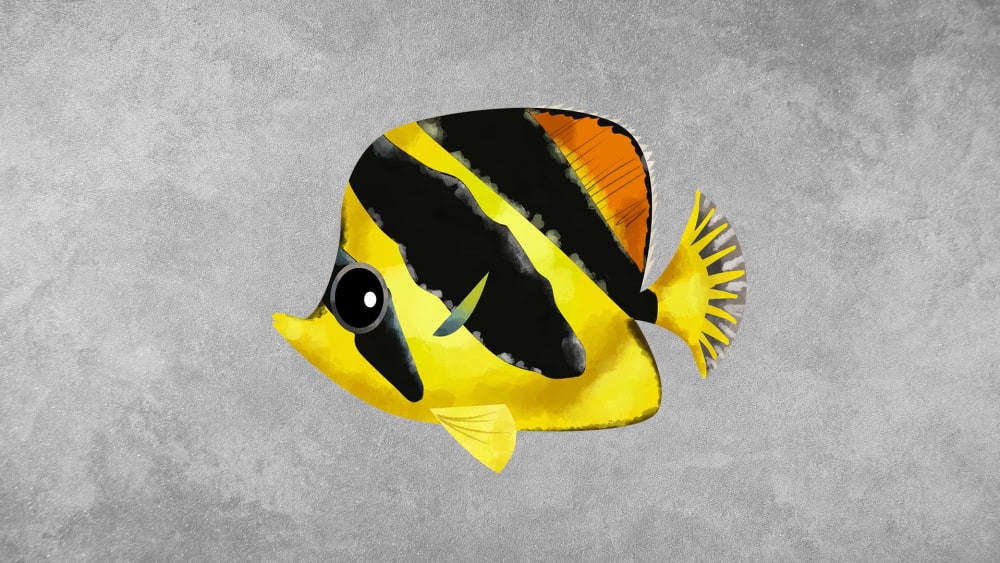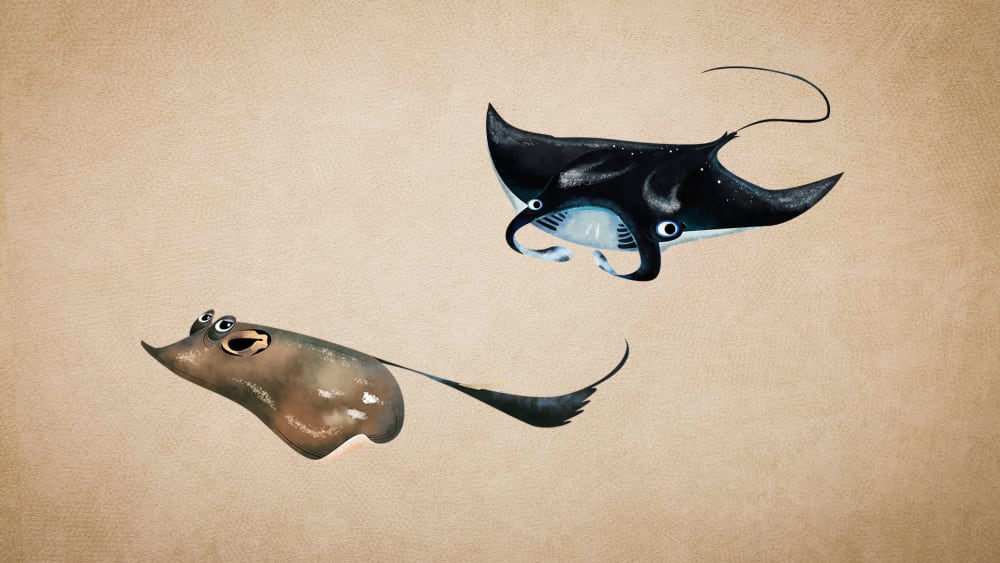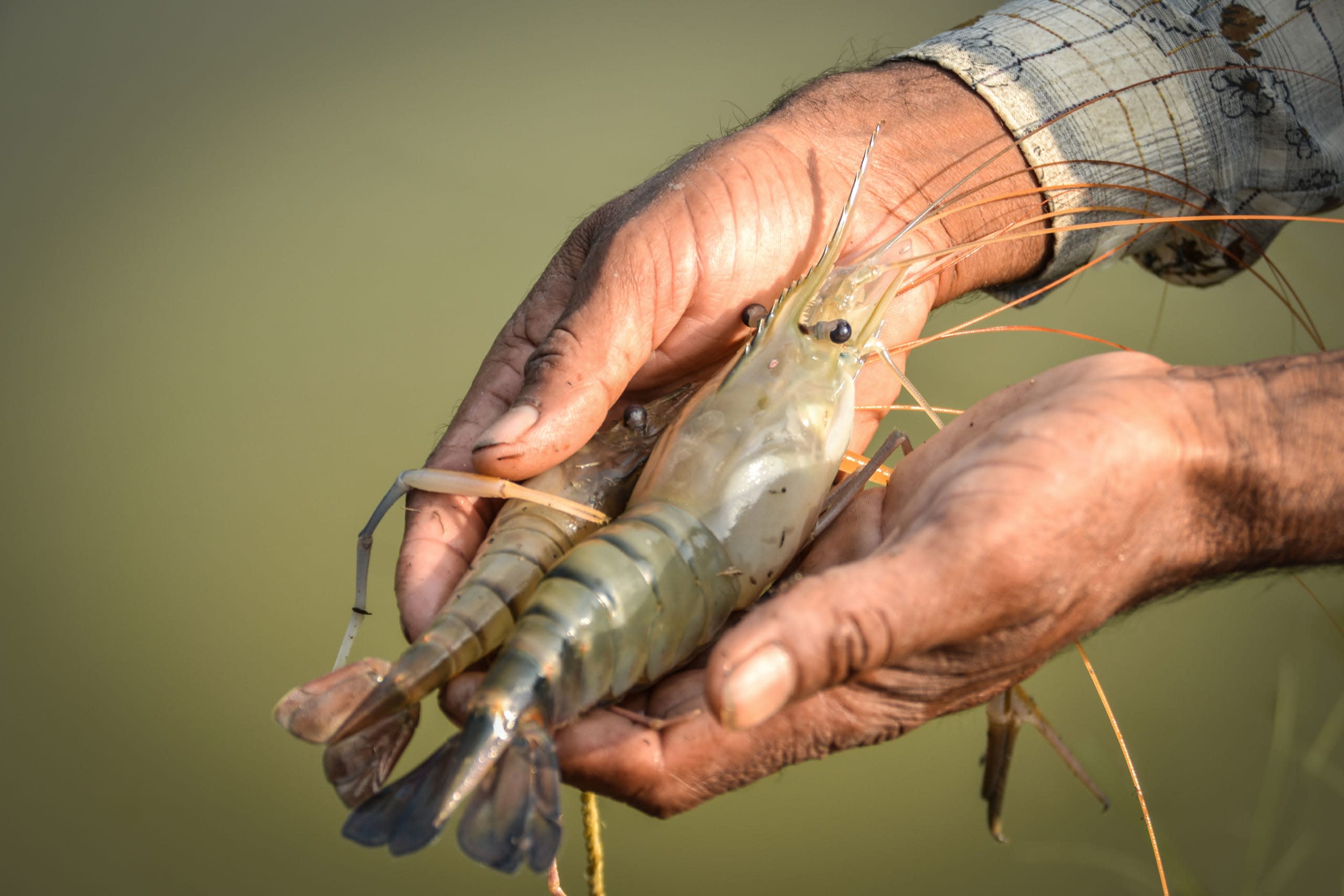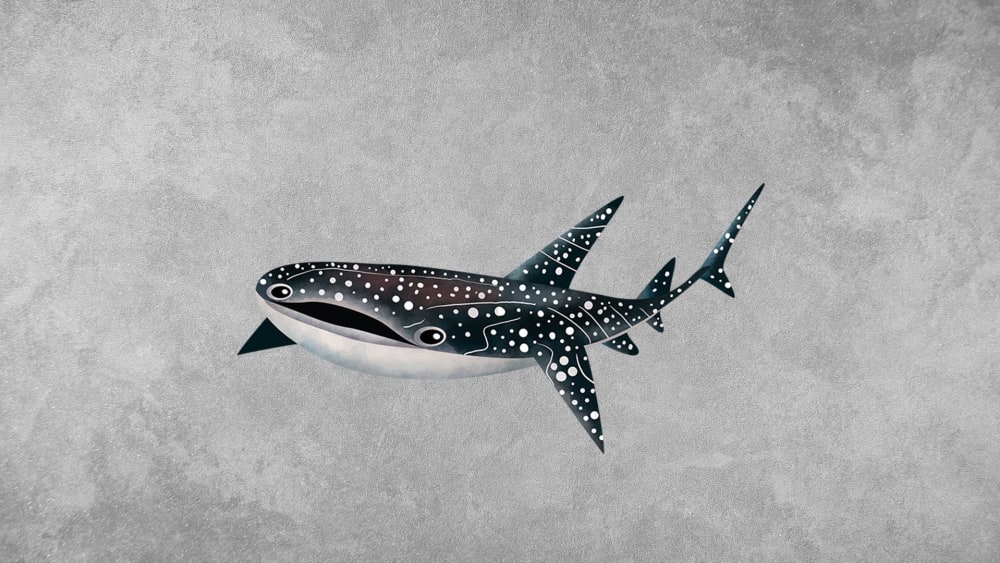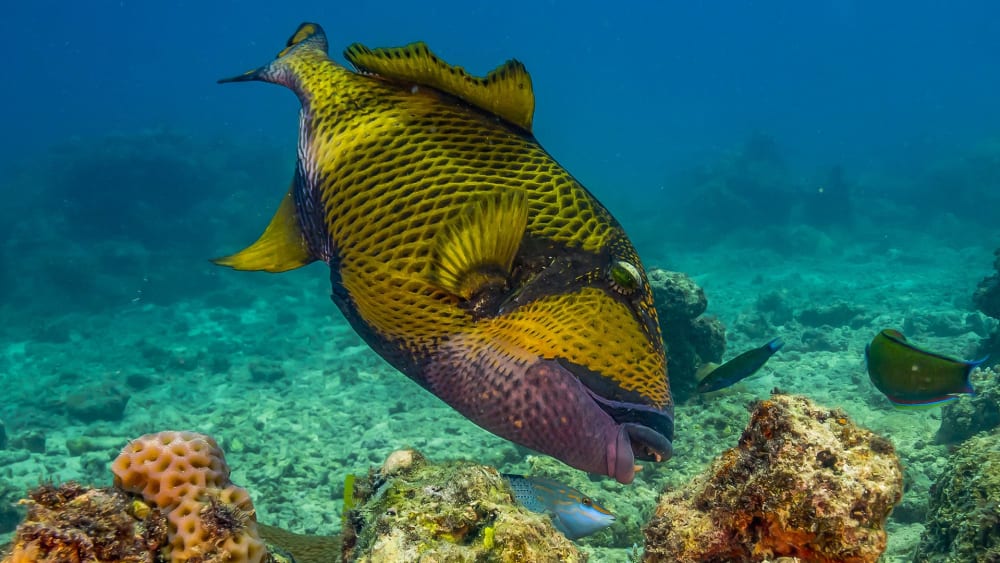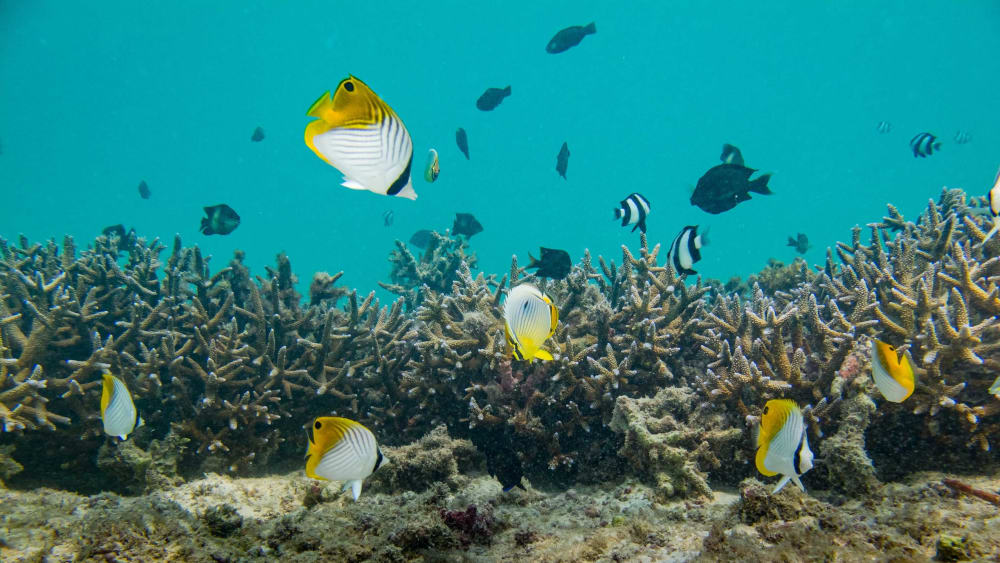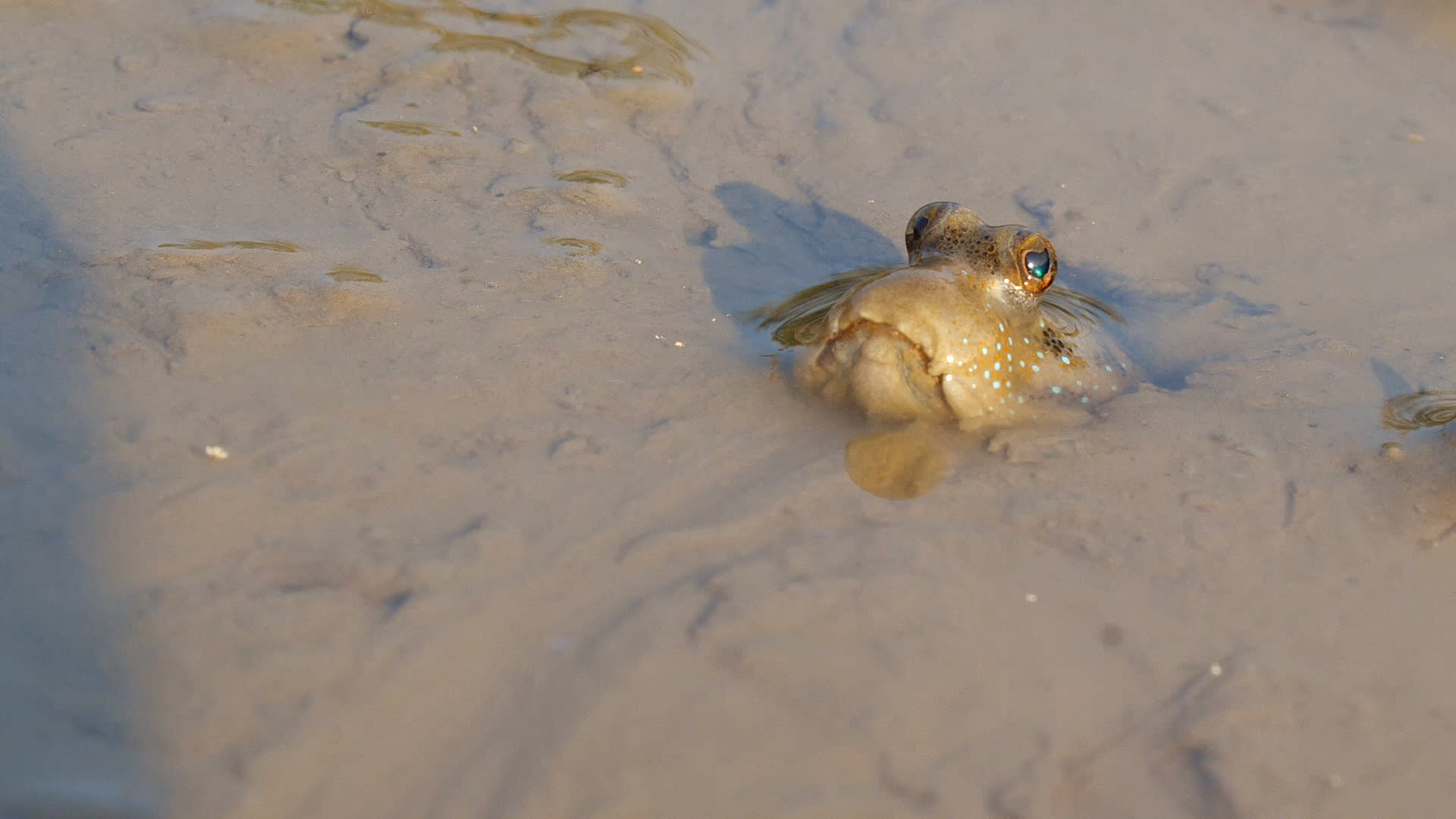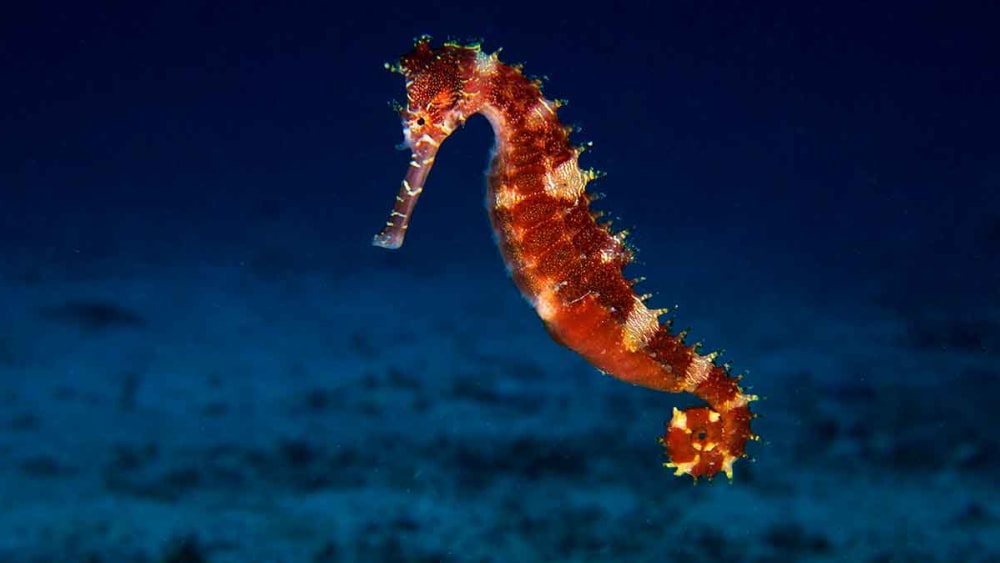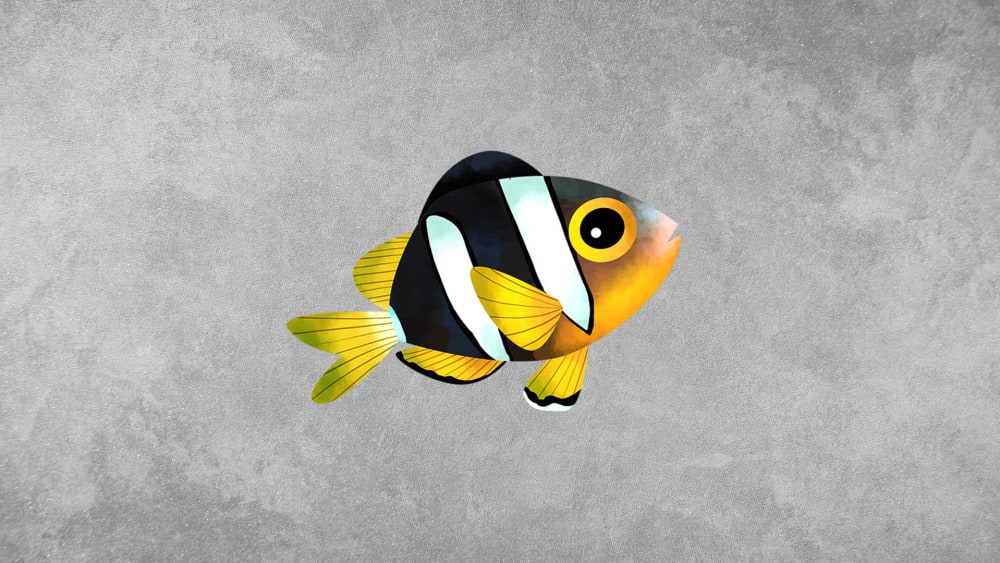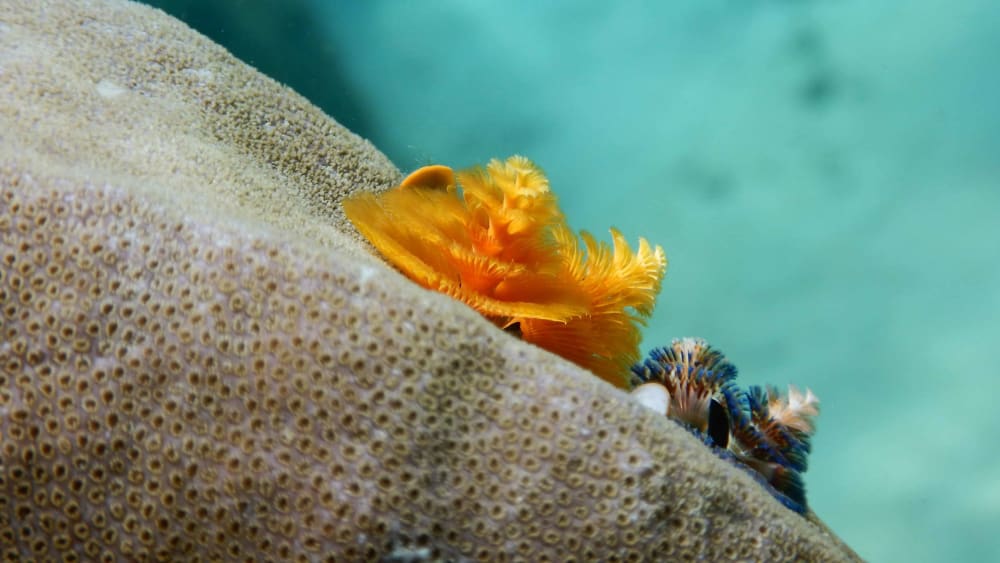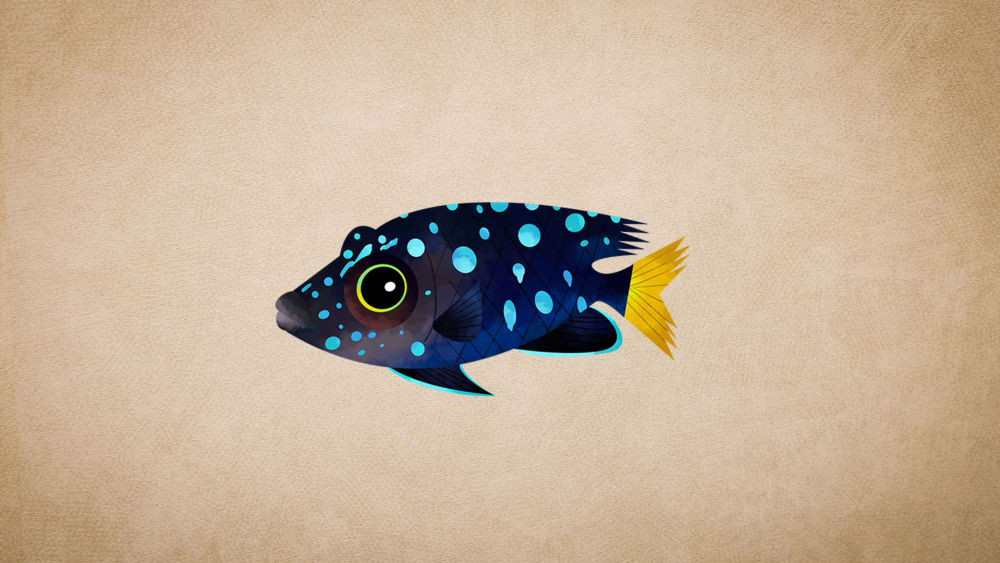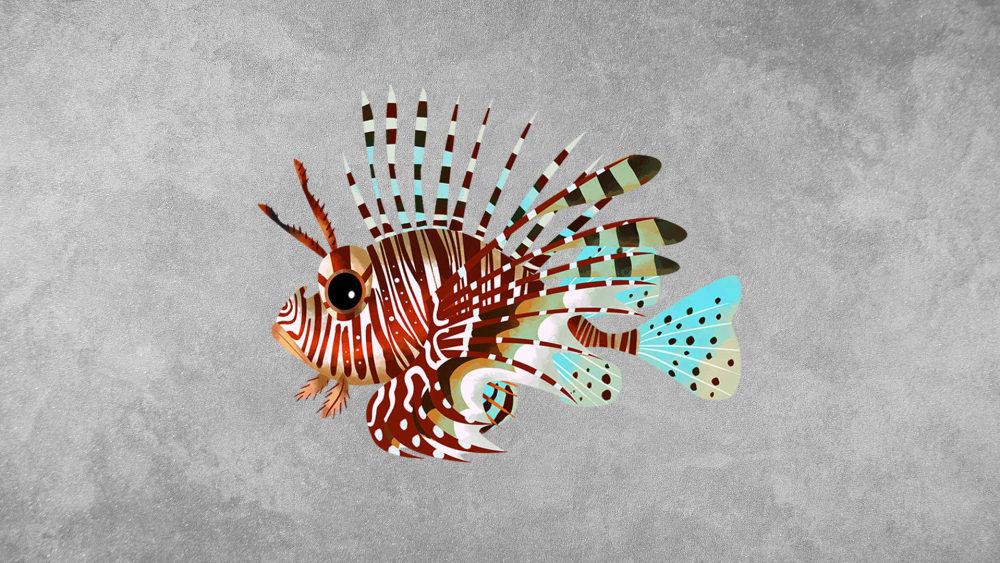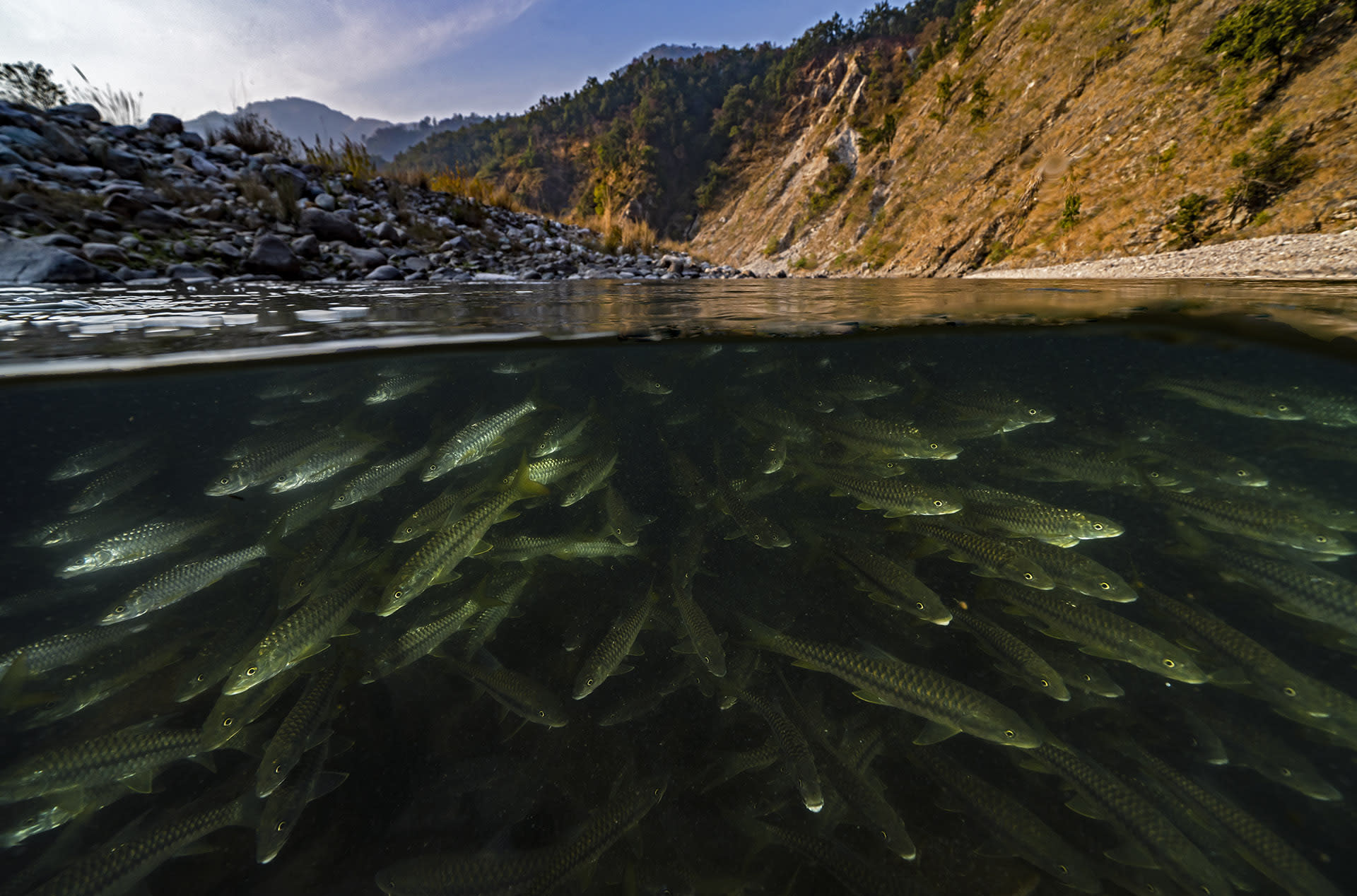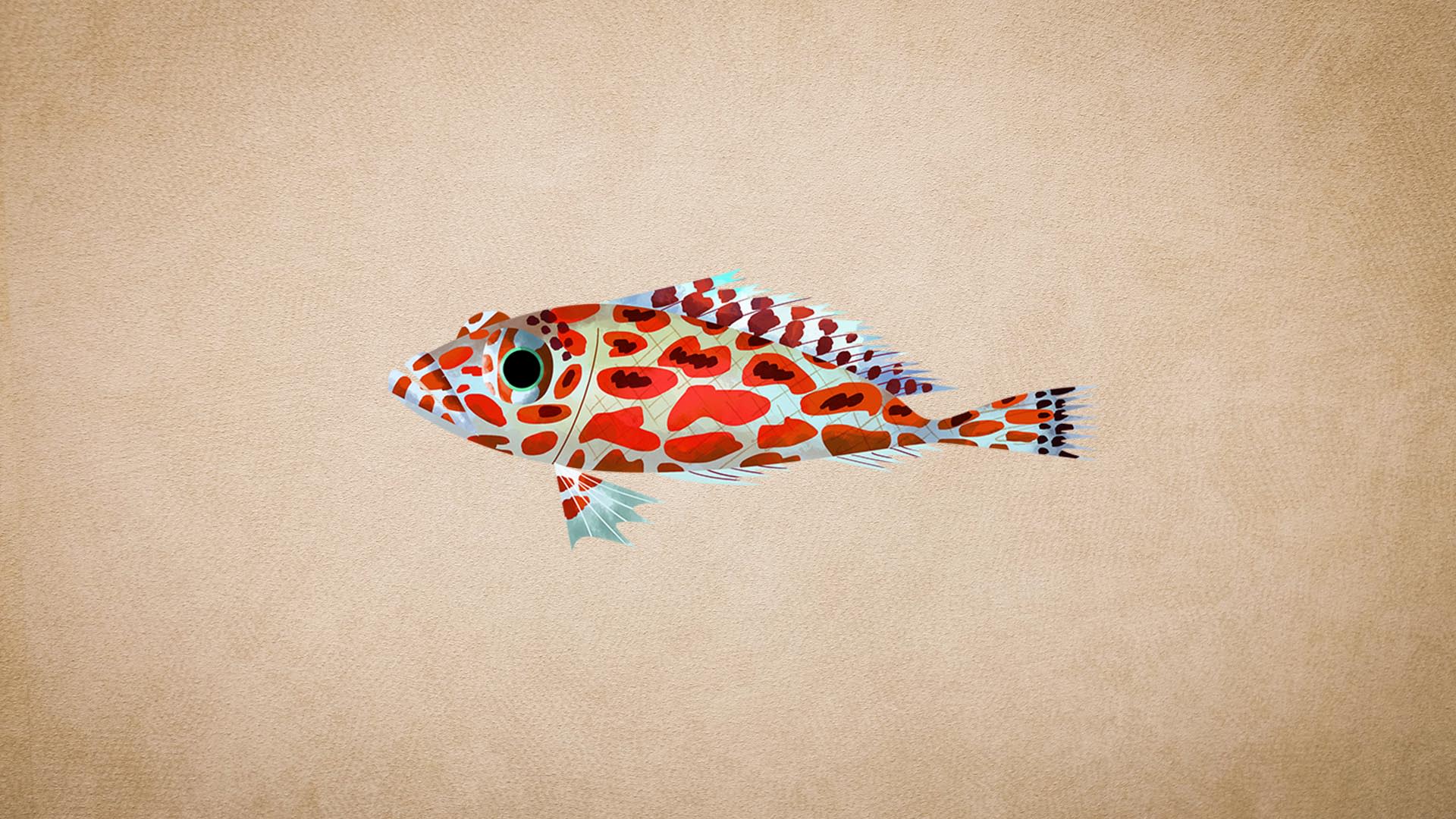Fish
What Are Fish? Definition and Key Features
Fish are cold-blooded aquatic vertebrates that breathe through gills and typically have fins and scales. They live in both freshwater and marine environments and are the most diverse group of vertebrates, with over 34,000 known species worldwide.
How Many Fish Species Are There in India?
India is rich in fish diversity, with more than 2,500 species found in its rivers, lakes, and coastal waters. Notable examples include the mahseer, a prized game fish found in Himalayan rivers; the Indian mackerel, common along the western coast; and the Ganges shark, a rare and threatened freshwater species. Coral reef systems around Lakshadweep and the Gulf of Mannar also support vibrant marine fish communities like clownfish, parrotfish, and groupers. Fish are a vital food source and economic driver in many Indian communities, especially in coastal and riverine regions.
Threats to Fish Populations in India
However, they face growing threats from overfishing, habitat degradation, pollution, and the construction of dams that block migration routes. Invasive species like the African catfish and tilapia have disrupted native ecosystems, often outcompeting local fish. Climate change, by altering water temperatures and oxygen levels, is another growing concern.
Protecting India’s Fish: From Rivers to Coral Reefs
Conservation actions such as establishing no-fishing zones, promoting sustainable aquaculture, and regulating river development are essential to protecting India's aquatic biodiversity. Fish are more than just resources — they are indicators of freshwater and marine health, and their survival is deeply tied to the wellbeing of both people and ecosystems.




